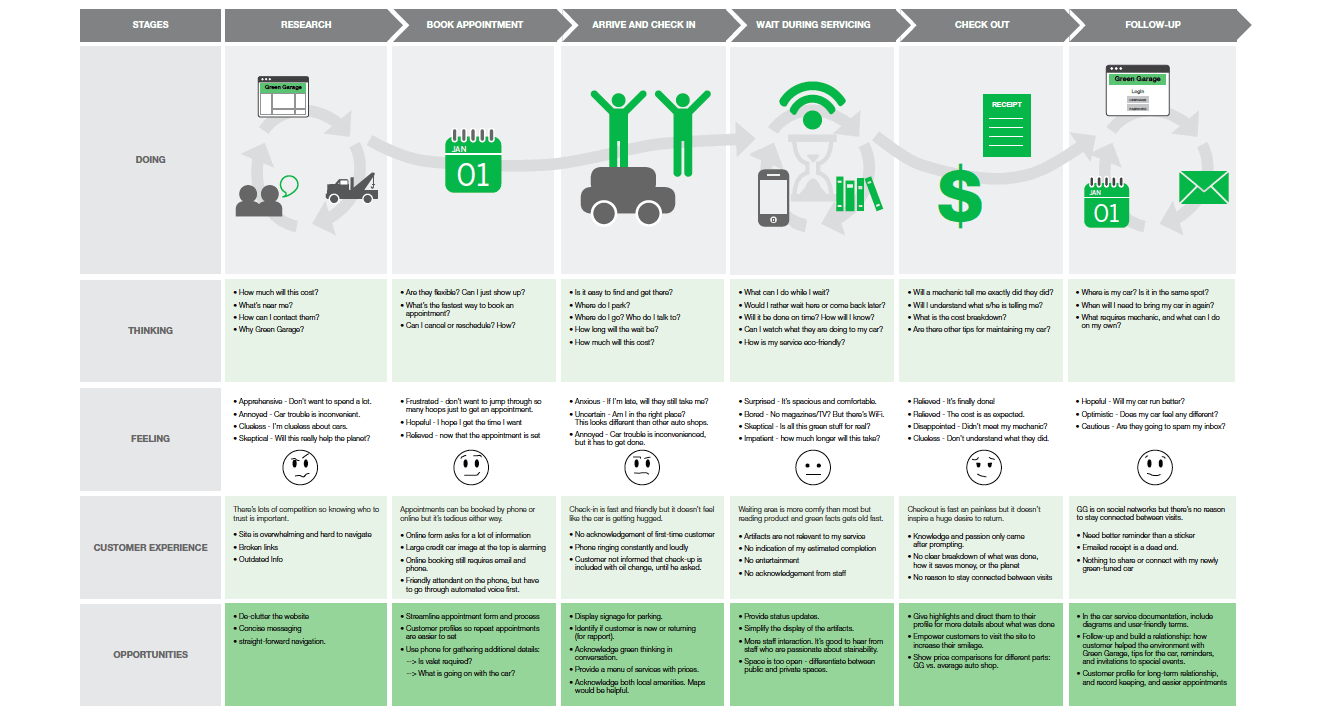The possible impact of a poor customer design process on customer relationships and requirements
Poor design process can have serious negative effects on a company relationship with their customers. A common occurrence in business is poor communication between the customer and the business. Poor communication in the customer design process may involve improper consideration of information passed on by the customer, this means the completed product is likely to not be of the standard/specifications requested. This can be caused by lack of technical specification or the company simply not following the technical specification, this is due to the technical specification being the most important part in the design process due to it containing so much vital information. If the technical specification is not used/followed then the end product is very likely to not match the customer’s requirements. A finished product that doesn’t match the customer’s requirements will likely lead to longer lead times and poor customer satisfaction.
Poor design process can stem from issues such as poor time-keeping, poor communication and lack of professional'ity – all of these issues may lead to the customer not wanting to use the company’s services again which will result in reduced profits, poor customer satisfaction can seriously impact a company’s reputation as the customer may leave online reviews for other potential customers to see or may warn other potential customers of poor service.
If a company does not follow a specific design process they are likely to miss out vital steps, an example of this would be the prototyping and testing stage. If this stage were to be missed then vital information about the performance of the design may not be uncovered so product may be given to the customer and will not perform to the specification required. Another example would be the improvement stage after prototyping, if they were to ignore any weaknesses and flaws that they find within the design after testing the prototype then the final design may be weak and may not perform to standard.
Internal customer relationships may be damaged such as the relationships including the designers. If the designers do not feel that they are being listened to and their ideas being taken into consideration then their internal relationships may be damaged, this could lead to conflict in the workplace and lack of communication with the customer. Further in the company relationships with the managers and share-holders may be damaged negatively by poor design process as there will not be enough communication in the required steps throughout the process. Poor design process can also lead to the reputation of the company being damaged due to poor reviews and customers not recommending their services to others, this will reflect poorly on share-holders and managers in the company and may to the relationships between them and designers being damaged as they may lack faith in their ability.

Comments
Post a Comment